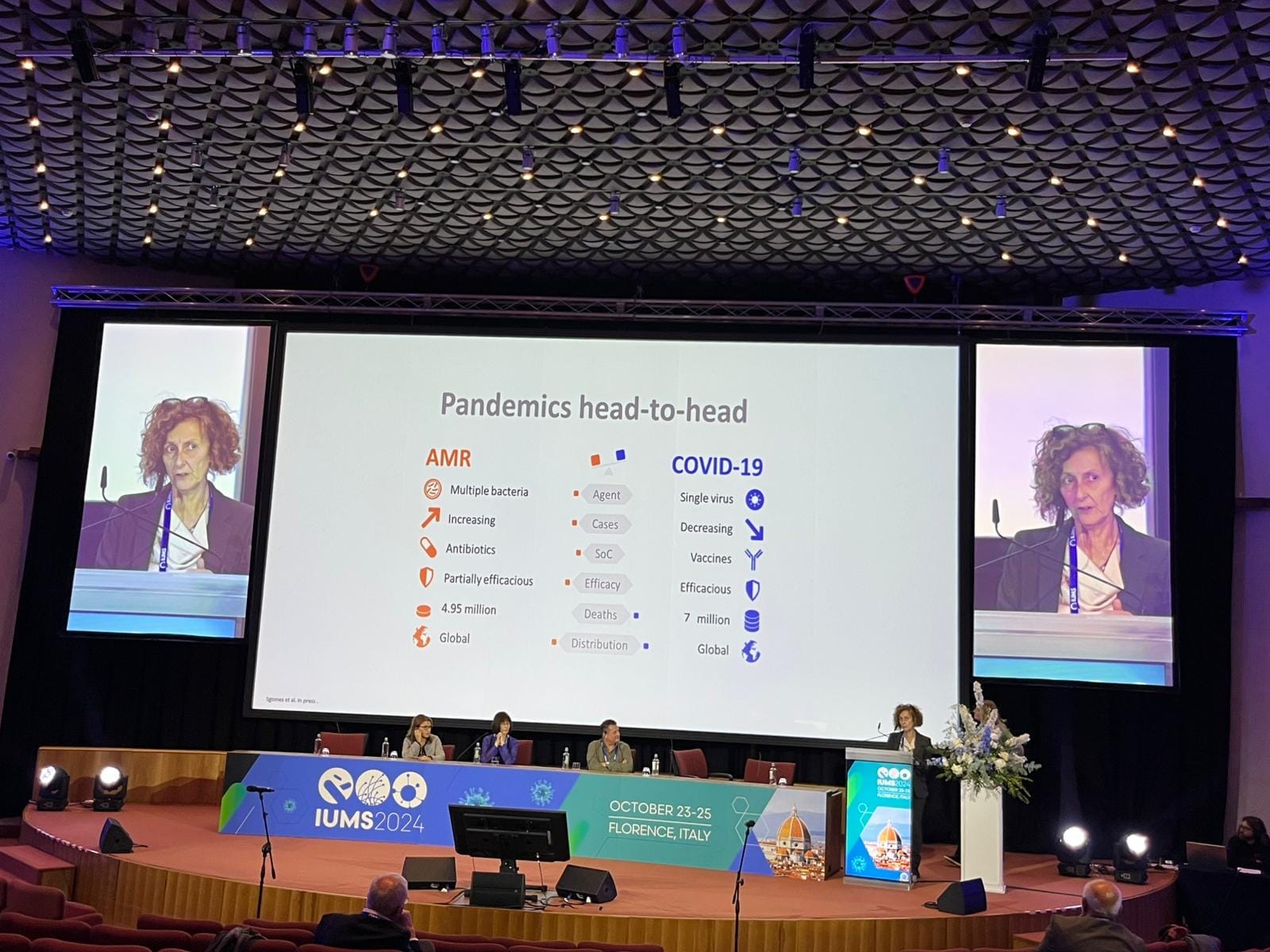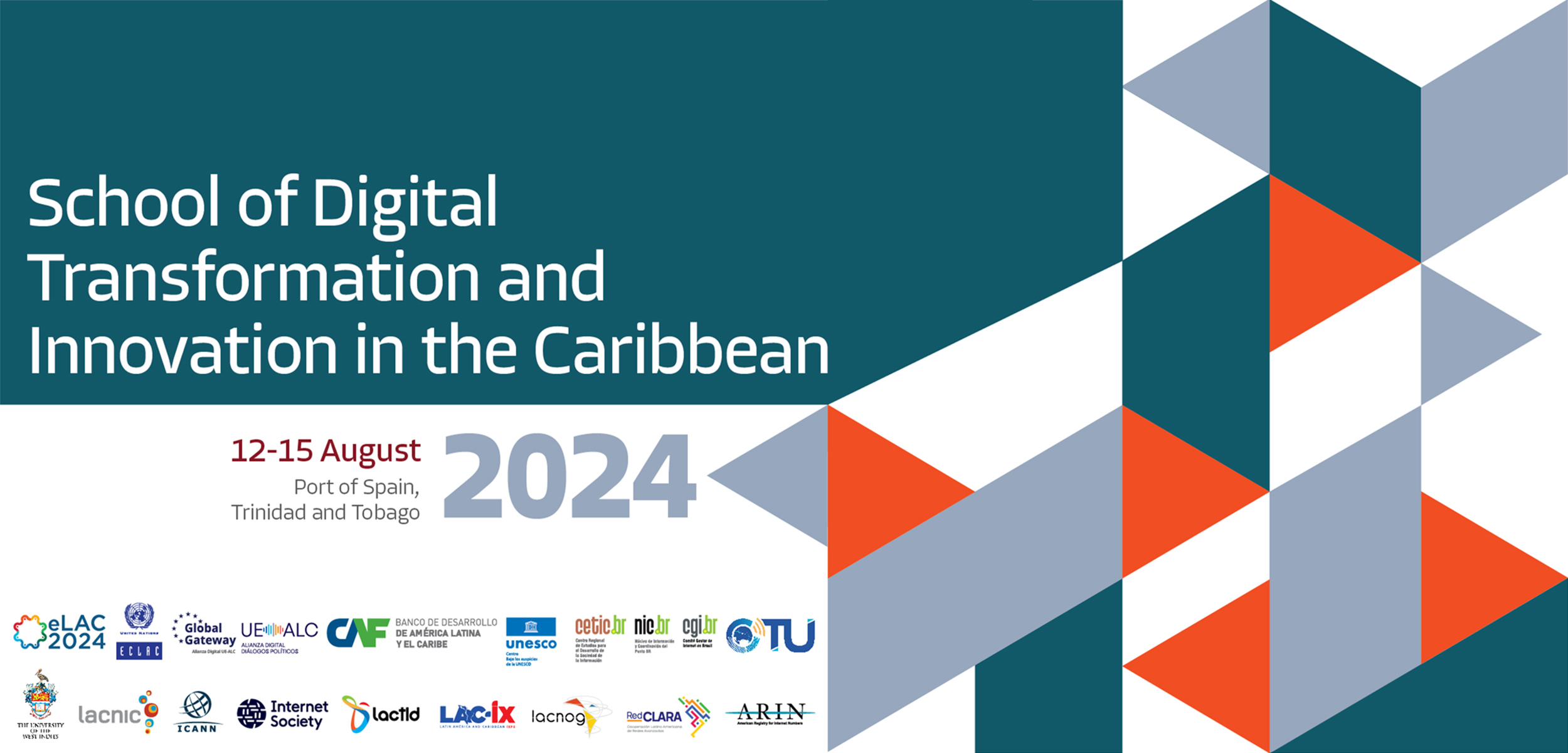Report on Digital Infrastructure’s Role in Achieving Sustainable Development Goals
This report analyzes the foundational elements of home internet connectivity, reframing consumer knowledge as a critical tool for advancing global Sustainable Development Goals (SDGs). Understanding the mechanics of internet access empowers individuals and communities, fostering progress towards universal access, quality education, economic growth, and reduced inequalities.
Global Internet Infrastructure and SDG 9
The global internet is a vast, interconnected network (WAN) built on a complex physical infrastructure. This infrastructure is central to achieving SDG 9: Industry, Innovation, and Infrastructure, which calls for building resilient infrastructure, promoting inclusive and sustainable industrialization, and fostering innovation. The internet’s architecture can be understood in three primary tiers:
- The Backbone: Comprising a massive network of undersea fiber-optic cables, this tier transmits approximately 99% of transcontinental data traffic via light signals. This global backbone is the bedrock of international communication, enabling progress in education (SDG 4) and global commerce (SDG 8).
- The Middle Mile: This segment connects the backbone’s data centers to regional and local networks. It is maintained by major Internet Service Providers (ISPs) and utilizes both wired (fiber) and fixed wireless (satellite, 5G) technologies. The expansion of this middle mile is crucial for extending digital services to previously unconnected regions.
- The Last Mile: This is the final and often most challenging link, connecting the middle-mile network to individual homes and businesses. The high cost and logistical complexity of last-mile deployment contribute significantly to the digital divide, a key challenge for SDG 10: Reduced Inequalities. Data indicates that a significant portion of the population has access to only one provider, limiting competition and affordability, thereby hindering the goal of universal and affordable internet access (Target 9.c).
Connectivity Modalities and Their Impact on Sustainable Development
Access to the internet within a home or institution is primarily achieved through two methods, with an emerging third technology poised to enhance accessibility and align with innovation goals under SDG 9.
- Ethernet: A wired connection that provides a direct, stable, and high-speed link to a router. Its reliability is critical for activities central to SDG 4 (Quality Education) and SDG 8 (Decent Work and Economic Growth), such as high-stakes online examinations or professional video conferencing.
- Wi-Fi: A wireless technology offering convenience and mobility. However, its performance is susceptible to interference and network congestion. Optimizing Wi-Fi networks through proper equipment placement and configuration is essential for ensuring reliable access for multiple users and devices in a household.
- Li-Fi: An emerging technology that uses light from LED bulbs to transmit data. With theoretical speeds far exceeding current standards, Li-Fi represents a significant innovation (SDG 9) that could revolutionize internet access in public spaces and contribute to building the sustainable cities and communities of the future (SDG 11).
Strategic Selection of Internet Services for Equitable and Sustainable Access
Choosing an ISP requires a strategic approach that considers availability, transparency, and usage patterns. This process directly impacts household economics and contributes to a more equitable and sustainable digital ecosystem.
Assessing Connection Types for Inclusive Coverage
Different connection types serve distinct roles in bridging the digital divide, a core component of SDG 10.
- Fiber-Optic: The fastest and most reliable connection type, offering symmetrical speeds that are ideal for modern digital demands. Its expansion is a key infrastructure goal.
- Fixed Wireless and 5G: These cellular-based technologies offer a viable alternative to wired connections, expanding access to areas where laying cable is impractical and supporting the development of sustainable communities (SDG 11).
- DSL (Digital Subscriber Line): Utilizing existing copper telephone lines, DSL provides essential connectivity in many rural areas, ensuring that communities are not left behind in the digital transition.
- Satellite: Often the only option for the most remote and rural populations, satellite internet is vital for ensuring no one is left behind, providing a lifeline for education, health, and economic opportunities.
Utilizing Transparency Tools for Informed Choices
Informed consumer choice promotes market fairness and aligns with SDG 12: Responsible Consumption and Production. Tools are available to enhance transparency:
- FCC Broadband Map: This public resource allows users to identify available providers in their area, fostering competition and empowering consumers to make informed decisions.
- Broadband “Nutrition” Labels: Mandated for ISPs, these labels provide clear, standardized information on speeds, pricing, data allowances, and additional fees. This transparency helps consumers avoid excessive costs and select plans that match their actual needs, promoting responsible consumption of digital resources.
Evaluating Data Consumption for Sustainable Use
Understanding and managing data usage is crucial. Many plans have data caps, and exceeding them can lead to financial penalties or speed throttling. By selecting plans with adequate or unlimited data, households can ensure uninterrupted access for remote work (SDG 8) and online learning (SDG 4) without incurring unexpected costs.
Determining Necessary Bandwidth for Modern Economic and Educational Participation
Selecting the appropriate internet speed is fundamental to ensuring effective participation in the digital world.
Understanding Download vs. Upload Speeds
A critical distinction must be made between download and upload speeds. While download speed affects activities like streaming content, upload speed is vital for interactive tasks such as video calls, online gaming, and submitting large files for work or school. Fiber connections often provide symmetrical speeds (equal download and upload), which is a significant advantage for remote workers and students, directly supporting SDG 4 and SDG 8.
Aligning Speed with Household Requirements
While multigigabit plans are available, data shows that the average U.S. household’s usage is around 520 Mbps. Over-provisioning by purchasing excessive speed is an inefficient use of financial resources. Conducting a speed test and assessing actual household needs allows for the selection of a cost-effective plan that is sufficient for all online activities, reflecting principles of responsible consumption (SDG 12).
Conclusion: Empowered Consumers as Drivers of Sustainable Digital Development
A comprehensive understanding of home internet—from its underlying infrastructure to the nuances of service plans—is not merely a matter of consumer savvy. It is an act of empowerment that enables households to secure reliable, affordable access essential for education, economic participation, and social inclusion. By making informed choices, consumers can manage their expenses effectively and drive the market towards greater transparency and equity, contributing directly to the achievement of the Sustainable Development Goals.
1. Which SDGs are addressed or connected to the issues highlighted in the article?
-
SDG 9: Industry, Innovation and Infrastructure
This goal is central to the article, which extensively discusses the infrastructure of the internet. It details the “three main tiers of the broadband industry’s network: The backbone, The middle mile, and The last mile.” The article focuses on developing reliable and resilient infrastructure (fiber vs. satellite), fostering innovation (mentioning new technologies like Li-Fi), and promoting affordable and equitable access to technology for all, which are core components of SDG 9.
-
SDG 10: Reduced Inequalities
The article highlights the digital divide, a key aspect of modern inequality. It points out disparities in internet access based on geographic location, noting that satellite and DSL are often “one of the only options that is accessible to those who live in rural areas.” Furthermore, it states that “40% of Americans have access to only one internet provider,” which limits choice and can lead to higher costs, disproportionately affecting lower-income households and contributing to economic inequality.
2. What specific targets under those SDGs can be identified based on the article’s content?
-
Target 9.1: Develop quality, reliable, sustainable and resilient infrastructure, including regional and transborder infrastructure, to support economic development and human well-being, with a focus on affordable and equitable access for all.
- The article directly addresses this by explaining the physical infrastructure of the internet, from “undersea fiber-optic cables that connect continents” to the “last mile” connection to homes. It evaluates the quality and reliability of different connection types (Fiber, Cable, DSL, Satellite) and emphasizes the importance of affordability, mentioning how consumers can “save money” and find the most “cost-efficient” plans. The discussion on expanding networks, like “Google Fiber’s extensive fiber network expanding through Charlotte, North Carolina,” is a direct example of infrastructure development.
-
Target 9.c: Significantly increase access to information and communications technology and strive to provide universal and affordable access to the Internet.
- The article’s entire purpose is to help consumers understand and gain better access to the internet. It discusses the challenge of universal access by highlighting the limited options in rural areas. It also promotes tools like the “FCC’s Broadband Map” which is designed to help citizens find available services, thereby increasing access to information and communications technology. The focus on understanding pricing, avoiding hidden fees, and choosing affordable plans directly aligns with the goal of providing affordable internet access.
-
Target 10.2: By 2030, empower and promote the social and economic inclusion of all, irrespective of… location or other status.
- The article implicitly addresses this target by discussing the barriers to digital inclusion. The fact that internet access is essential for modern life (“working remotely, paying our taxes or attending online schooling”) means that a lack of quality, affordable access creates a barrier to social and economic participation. The article’s focus on the disparity in service between urban and rural areas (“satellite… might be one of the few options available to those who live in rural areas”) underscores the inequality in access based on geographic location, which this target aims to eliminate.
3. Are there any indicators mentioned or implied in the article that can be used to measure progress towards the identified targets?
-
Proportion of population covered by different internet technologies.
- This is a key indicator for Target 9.c. The article directly references a tool for measuring this: the “FCC’s Broadband Map,” which “displays various providers’ coverage” and “highlights information like internet connection types and the speeds offered.” The text also provides qualitative data by describing the availability of Fiber, 5G, DSL, and Satellite, particularly noting that satellite is often the only option in rural areas, indicating varied coverage by technology.
-
Proportion of population with limited or no choice of internet service provider.
- This indicator measures market competition, which affects affordability and quality (Target 9.1). The article provides a specific data point: “According to data from the FCC, 40% of Americans have access to only one internet provider.” This figure serves as a direct measure of the lack of competition and choice, which is a barrier to equitable access.
-
Average internet speed and data usage.
- This indicator measures the quality of access (Target 9.1). The article cites “OpenVault’s first quarter 2024 report,” which “shows the average US household uses 520Mbps downstream and 28Mbps upstream.” It also notes that “over a third of Americans use the internet at gigabit speeds.” These statistics provide a clear measure of the performance and capacity of the internet infrastructure being used by the population.
-
Affordability of internet service.
- This is an implied indicator for Target 9.1 and 9.c. While not providing a direct metric like “cost as a percentage of income,” the article heavily discusses the components of cost. It mentions specific monthly fees (“$50 monthly bill”), additional charges (“$10 and $15 monthly for equipment”), and tools like “Broadband labels” that provide transparency on “pricing, and additional fees.” The entire theme of helping consumers “save money” implies that cost is a critical metric for assessing access.
4. Table of SDGs, Targets, and Indicators
| SDGs | Targets | Indicators |
|---|---|---|
| SDG 9: Industry, Innovation and Infrastructure |
|
|
| SDG 10: Reduced Inequalities | 10.2: Empower and promote the social and economic inclusion of all, irrespective of… location or other status. |
|
Source: cnet.com







